
For Jeffrey Kluger’s feature on animal grieving in this week’s issue, TIME reached out to noted animal photographer Charlotte Dumas, who has been making deeply empathetic portraits of a variety of species for years.
If animals nurture their own (which they do) and care about their kin (they do that too) why would we not assume they mourn their dead? A growing group of researchers are coming to the conclusion that animals not only grieve, but in some cases grieve deeply. That’s an easy case to make by simple observation, but not in any other way. When you’re working with animals, there’s no possibility of the self-reporting that is so central a part of studies of human psychology. But when it comes to the beasts, those observations might be enough.
There are the elephants that hold what appear to be wakes for their dead — hovering over them as they die and coming back for a week or more to mind and tend the remains. There are the crows that similarly circle a fallen flock-mate and will bring twigs in seeming tribute and even cover the remains with grass. Dogs and cats will wander their homes looking for a lost littermate or playmate and often sink into what looks for all the world like the lethargy and lack of appetite that are the hallmarks of human depression. Bonobo and baboon mothers will carry their dead babies for weeks after they’ve died — and dolphin mothers will similarly push their lost young along through the water.
Studies of brain and blood chemistry — to they extent they exist for animals — confirm that something like a grief reaction is taking place. Baboons exhibit an uptick in hormones that lead to stress and later affiliation when a member of the troop is killed by a predator, and this is especially so among the friends or close social companions of the victim. Crows show stress reactions in the amygdala, just as humans do, and that response would likely be more acute if a mate died, particularly since crows may pair off for 20 years — longer than a lot of human marriages.
(Read more: The Mystery of Animal Grief )
In all animal research there is the ever-present risk of anthropomorphism. We refract their behavior through the prism of our own because that’s what we know best. But here it makes sense. All of the beasts — humans included — exist on a sort of continuum of intelligence, emotion and social complexity. Just because we’re at the top of that heap, doesn’t mean that the beasts below us don’t have experiences to ours — even if they’re briefer, blunter, simpler. Animals are social creatures and they’re also sentient creatures. The pain of death is likely not something they’re spared.
Charlotte Dumas is a photographer based in Amsterdam. Her latest book,
Anima, features the burial horses of Arlington Cemetery.
Jeffrey Kluger is an editor-at-large at TIME, oversees the magazine’s science, health and technology reporting.

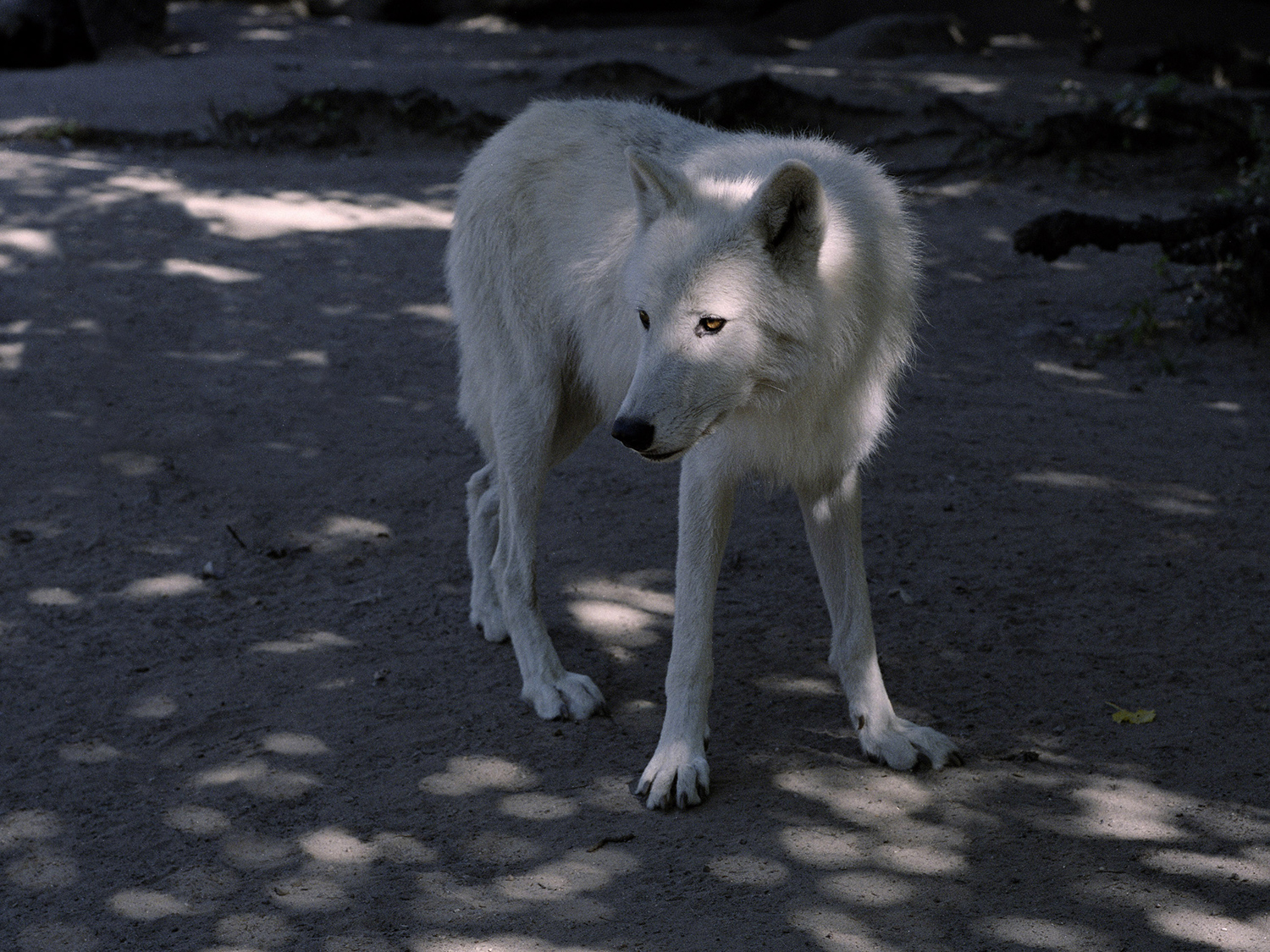
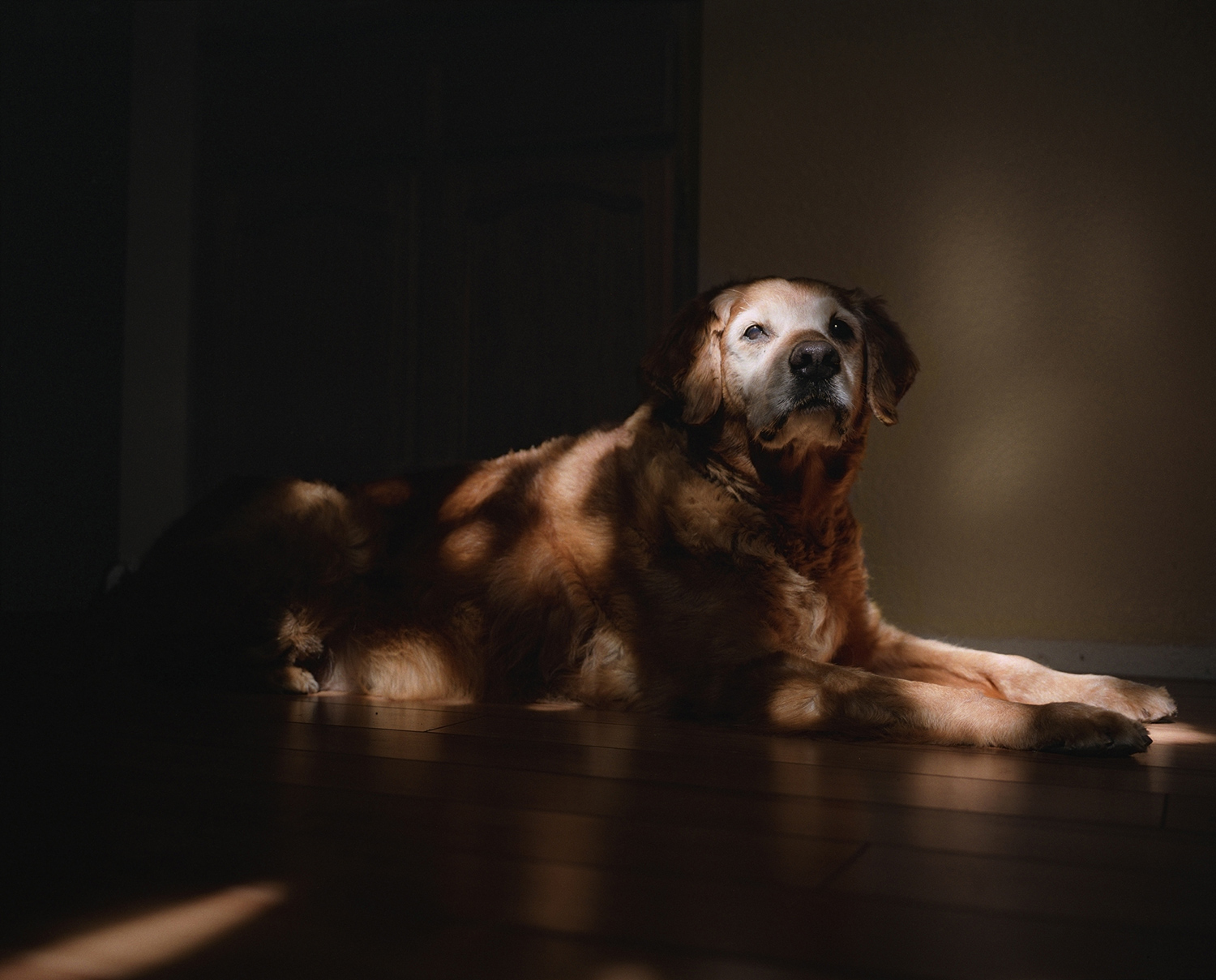
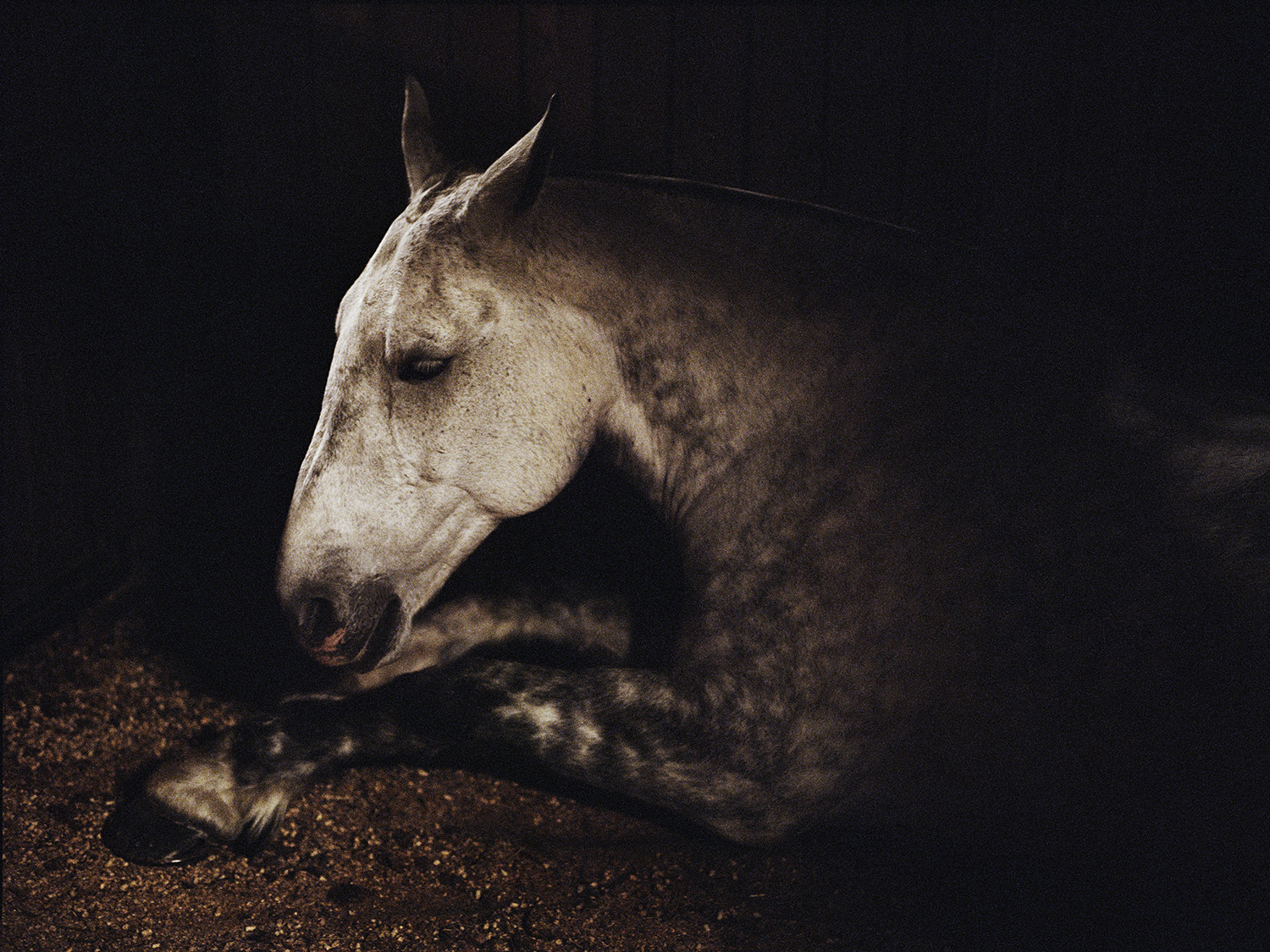
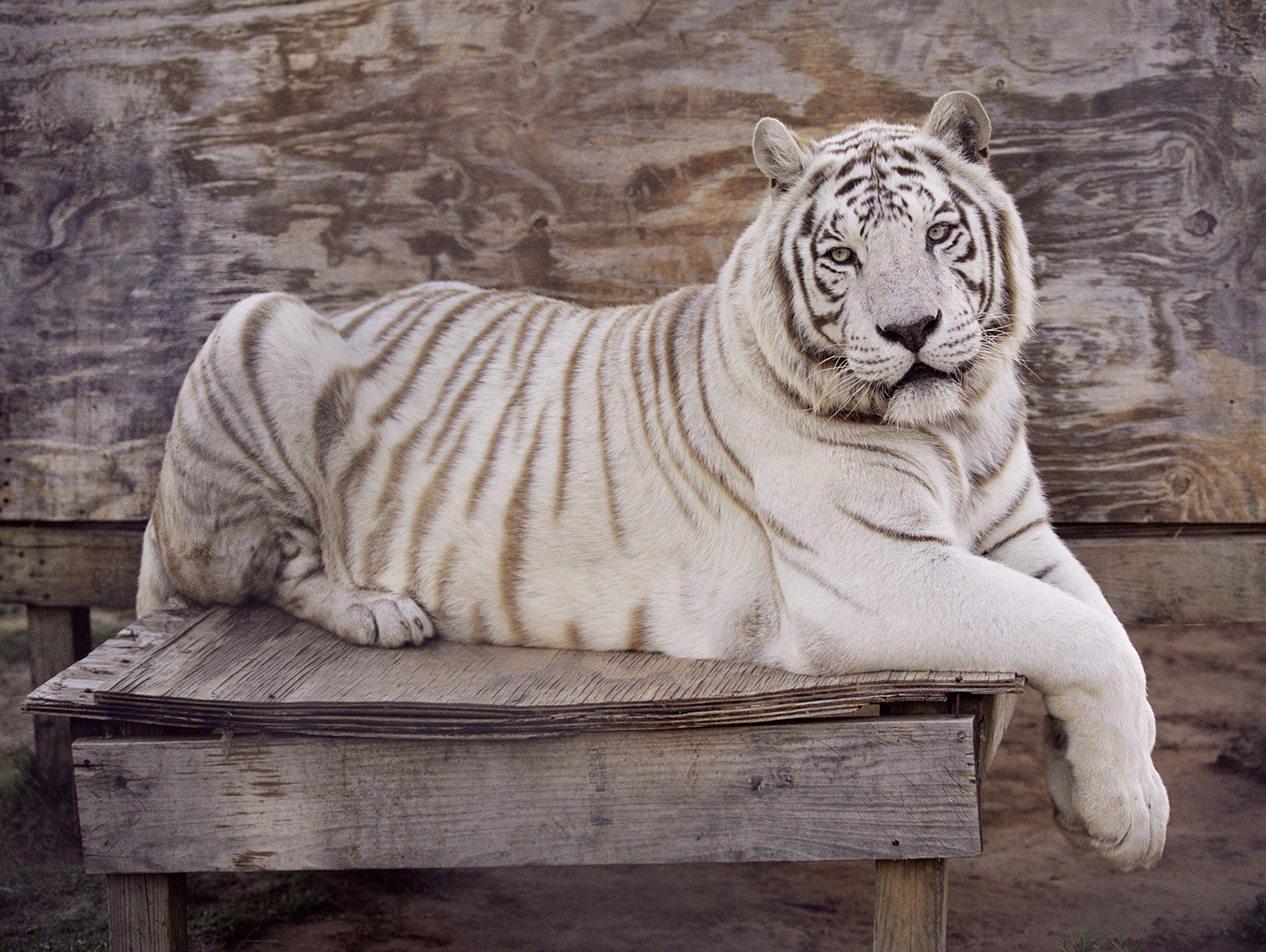
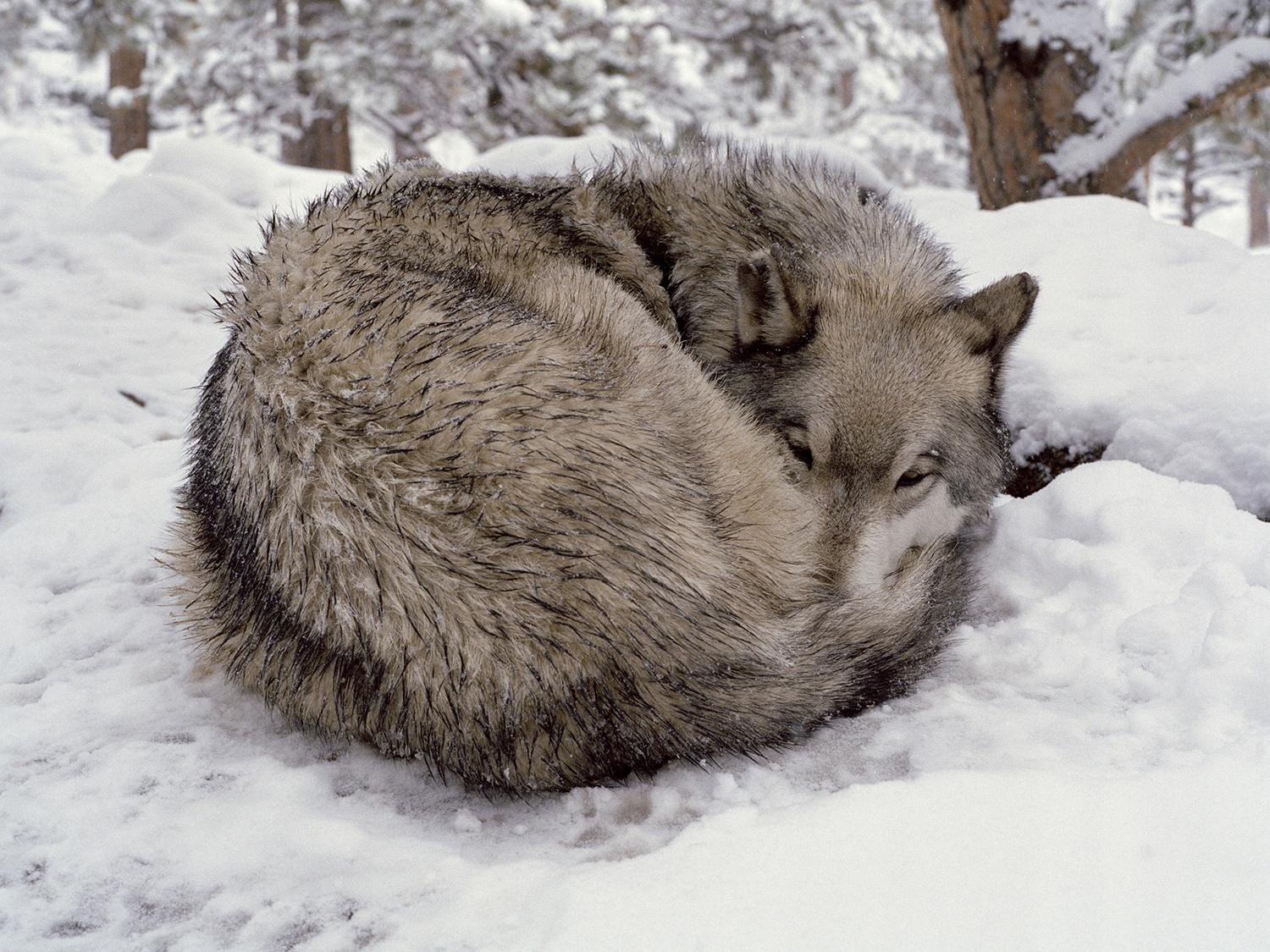

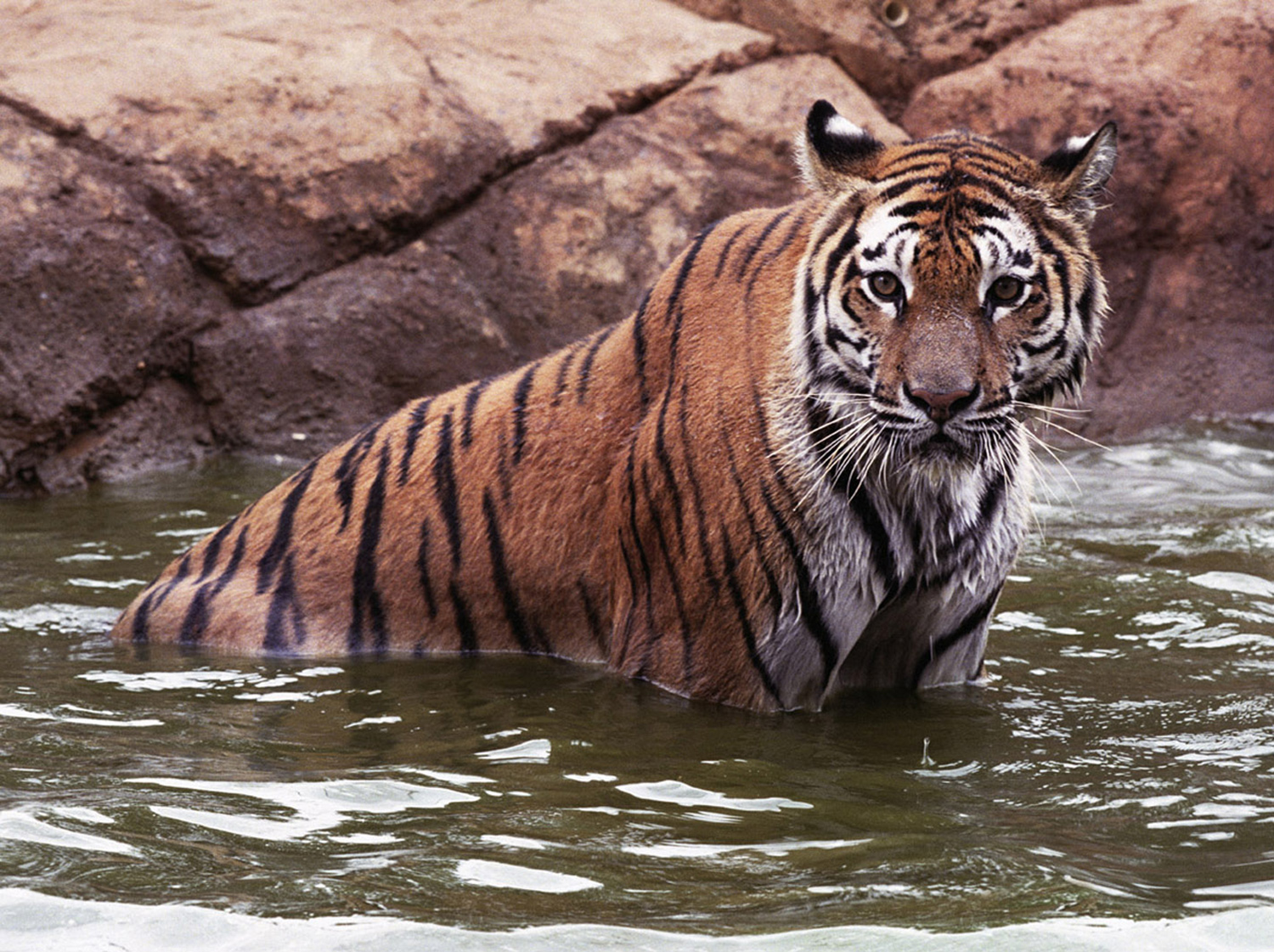



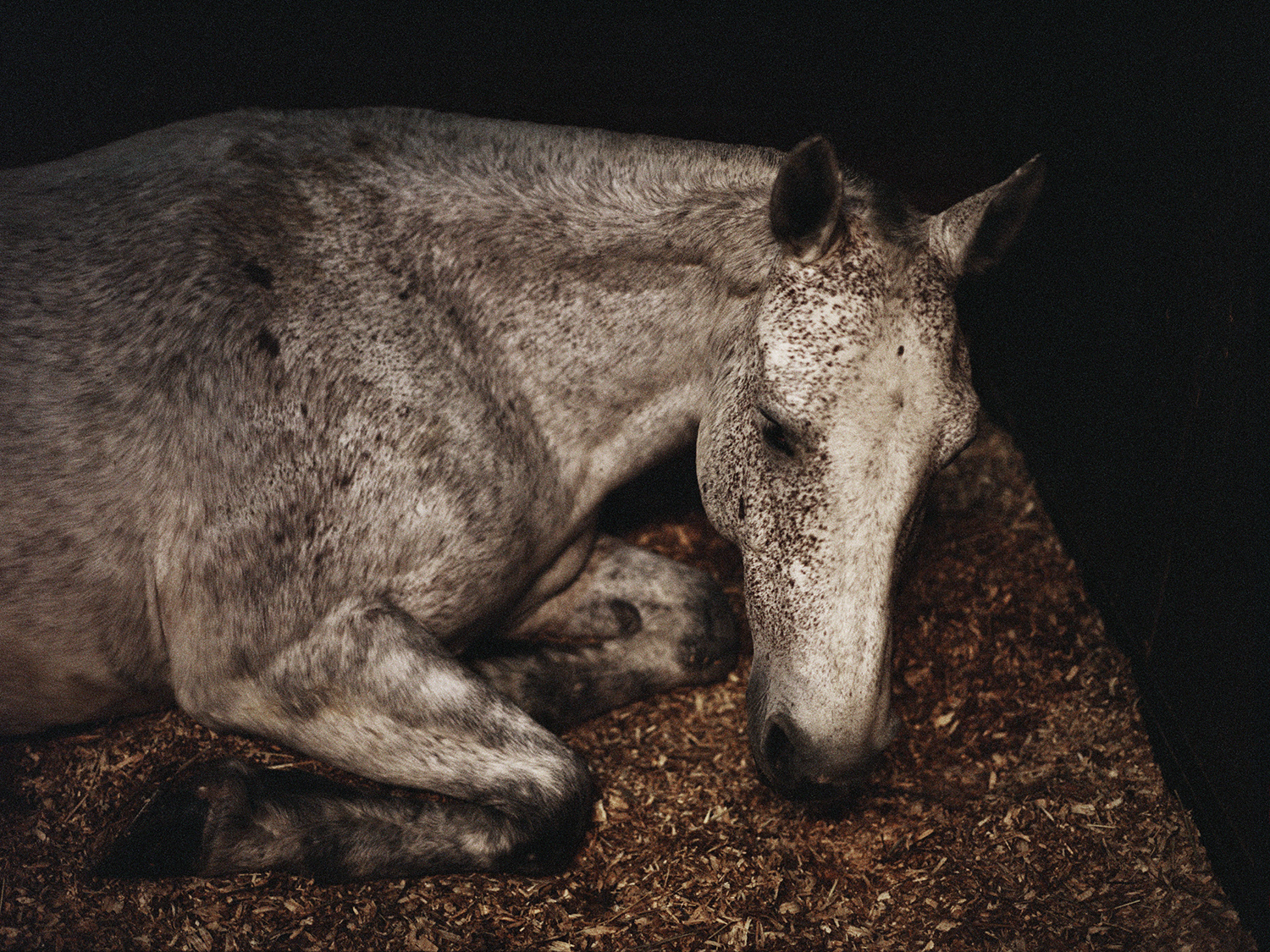
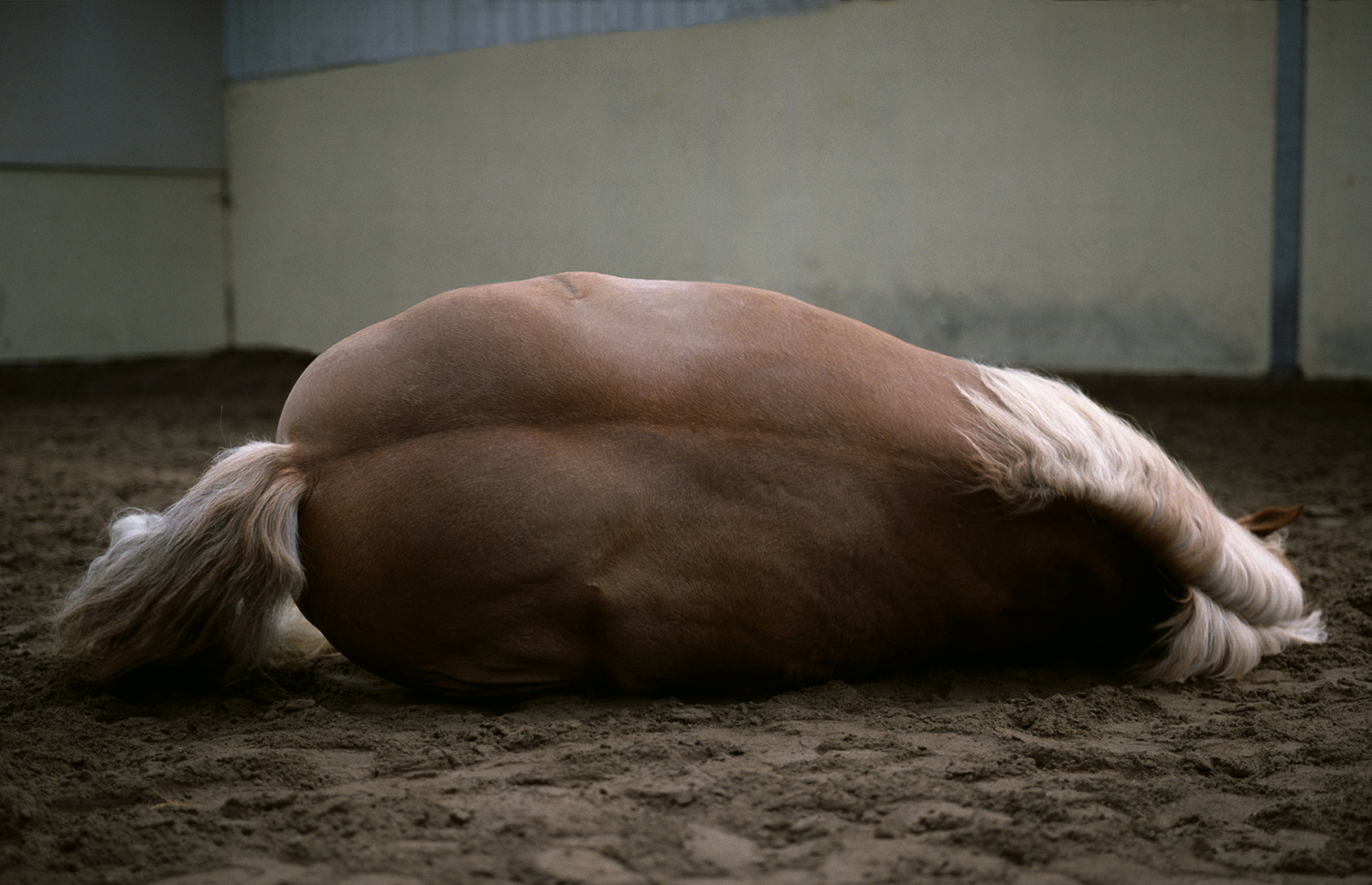
More Must-Reads from TIME
- Donald Trump Is TIME's 2024 Person of the Year
- Why We Chose Trump as Person of the Year
- Is Intermittent Fasting Good or Bad for You?
- The 100 Must-Read Books of 2024
- The 20 Best Christmas TV Episodes
- Column: If Optimism Feels Ridiculous Now, Try Hope
- The Future of Climate Action Is Trade Policy
- Merle Bombardieri Is Helping People Make the Baby Decision
Write to Jeffrey Kluger at jeffrey.kluger@time.com